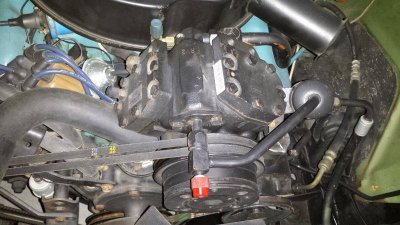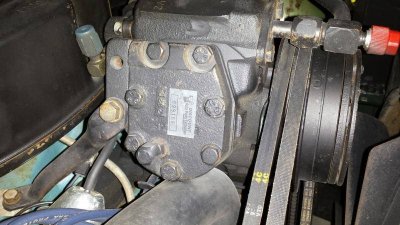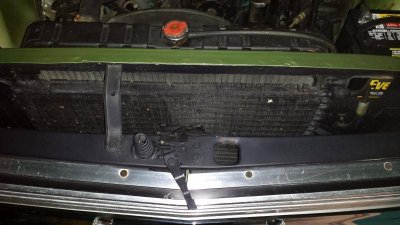UnendingFury
New Member
I recently bought a well kept 1968 Fury III fast top, and the a/c system does work. In fact, it looks like someone spent a lot of money redoing the evaporator core, heater core, and everything to do with the a/c system. It's been R134a converted, and I've heard that never works as well as the R12. It still has the OEM style V2 compressor, not the cylindrical one, but this unit is clearly an aftermarket part. I was told the compressor was failing when I had the system checked out, and the best they could get it to cool was about 60 degrees F.
If that is the case, what are my options for making this thing cold like it once was? I've seen lots of cruisers running the later model cylindrical compressors, but I like the original look. Should I just get a better quality compressor, or swap to a modern style one? And does it make any kind of sense to un-retrofit the freon type? A/c work is not my bag, baby.
If that is the case, what are my options for making this thing cold like it once was? I've seen lots of cruisers running the later model cylindrical compressors, but I like the original look. Should I just get a better quality compressor, or swap to a modern style one? And does it make any kind of sense to un-retrofit the freon type? A/c work is not my bag, baby.




















